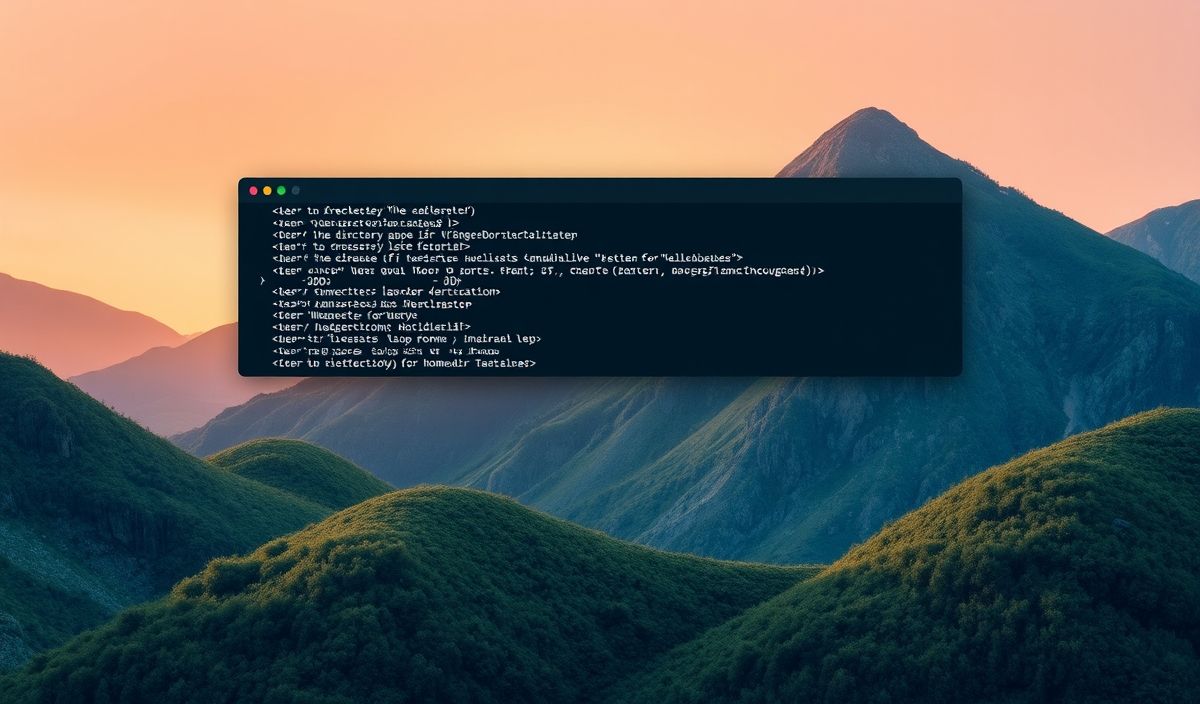Welcome to Taipy: A Comprehensive Introduction
Taipy is a robust and versatile open-source library designed for creating and managing data pipelines effortlessly. With a rich set of APIs, Taipy enables developers to perform complex data workflows seamlessly. In this guide, we will explore some of the most useful Taipy APIs along with code snippets, finishing off with an application example that brings everything together.
Key APIs in Taipy
1. Creating a Config
from taipy.config import Config
config = Config(node={
"name": "start_node",
"task": "start_task"
})
2. Defining a Task
from taipy.task import Task
def start_task():
print("Task started")
task = Task(name="start_task", function=start_task)
3. Building a Data Node
from taipy.data import DataNode data_node = DataNode(name="input_data_node", type="csv", filepath="data/input.csv")
4. Establishing a Pipeline
from taipy.pipeline import Pipeline
pipeline = Pipeline(
name="sample_pipeline",
nodes=[data_node],
tasks=[task]
)
5. Scheduling a Pipeline
from taipy.schedule import Scheduler scheduler = Scheduler() scheduler.schedule(pipeline, cron="0 12 * * *")
Putting It All Together: A Sample Application
Let’s integrate the aforementioned components into a cohesive application.
import taipy as tp
from taipy.config import Config
from taipy.task import Task
from taipy.data import DataNode
from taipy.pipeline import Pipeline
from taipy.schedule import Scheduler
# Initialize configuration
config = Config(node={
"name": "start_node",
"task": "start_task"
})
# Define task
def start_task():
print("Processing data...")
task = Task(name="start_task", function=start_task)
# Create data node
data_node = DataNode(name="input_data_node", type="csv", filepath="data/input.csv")
# Build pipeline
pipeline = Pipeline(
name="sample_pipeline",
nodes=[data_node],
tasks=[task]
)
# Schedule the pipeline
scheduler = Scheduler()
scheduler.schedule(pipeline, cron="0 12 * * *")
# Execute the pipeline
print("Executing the Taipy pipeline...")
tp.run(pipeline)
In this example, we have created a simple data pipeline that reads data from a CSV file and processes it. The pipeline is scheduled to run once daily at noon. By using Taipy’s structured framework, you can create highly complex data workflows with ease.
Explore more about Taipy at the official Taipy documentation.
Conclusion
With Taipy, managing data pipelines has never been easier. The powerful APIs and components covered in this guide provide a solid foundation for building efficient and effective data workflows.
Happy Coding!
Hash: 583a0126b22c6e8c8c2e8da69939f1a9815ec2b924d7d9bd6024052892065465




